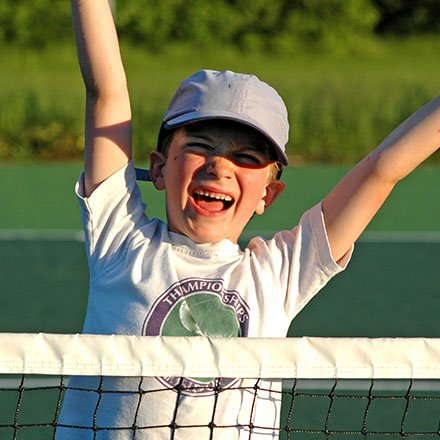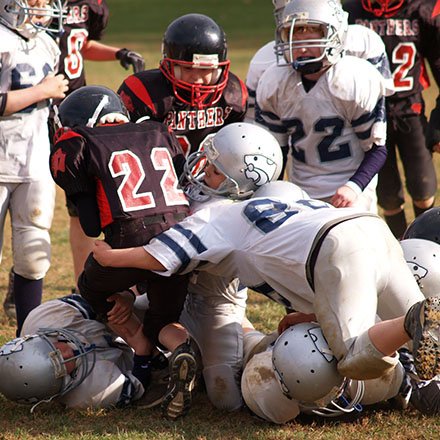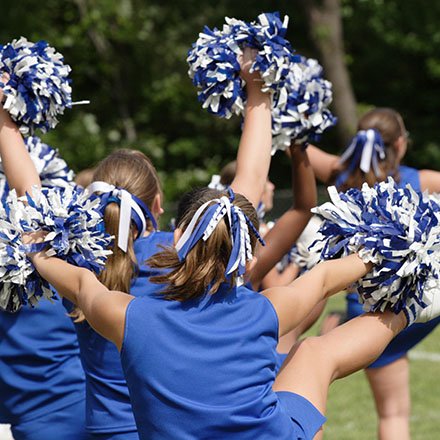National Youth Sports Week – U.S. Center for SafeSport Blog
By Ju’Riese Colon, Chief Executive Officer, U.S. Center for SafeSport
—
Sport is powerful. It can teach leadership skills, build camaraderie, and demonstrate what real teamwork looks like. Sport builds resiliency and has created heroes and role models for many of us, myself included. But, when something is so powerful, it doesn’t take much for the pendulum to swing the other way. And we’ve all seen what that looks like – people and institutions that were trusted, believed in, and supported by many have managed to use that power to do harm.
Over the past five years, the U.S. Center for SafeSport has worked to usher in a new era of accountability to build and enforce structures that support youth in their athletic journeys. For the Center, this started with the introduction of the Minor Athlete Abuse Prevention Polices (MAAPP), a set of comprehensive policies that focuses on creating safe environments and clear guidelines to help sporting organizations implement practices that put safety first. The MAAPP limits one-on-one contact, defines prohibited conduct, and lays out stronger team travel requirements for youth. These policies also identify who should be trained to report sexual, emotional, and physical abuse and misconduct, going further than many mandatory reporting laws by creating additional layers of protection.
Of course, even the strongest policies can’t do it all – consistent implementation and ongoing focus are key to creating safe environments. Truly putting athlete well-being first, empowering parents with the right questions to ask, and taking the time to recognize the work that many coaches put in every day to build strong teams is ultimately how we build healthy culture.
I’m often asked what a good, positive culture looks like – where does it begin, and how do you know when you’ve achieved it? The answer is never simple and can be different for every team, every community, and every organization. But there are a few things that I encourage everyone to ask themselves to help figure out where their team’s culture stands:
- Do we truly put safety and well-being first? How are you engaging athletes, coaches, and parents around safety and wellbeing? Is it early and often or are you only covering it at the beginning of the season? Check out these resources to start and keep conversations going.
- Do we have rules that protect our athletes? Policies are a great way to shape positive behavior and define what is and isn’t acceptable for teams. They also should be updated, trained on, implemented, and customized to fit your needs.
- Do we hold everyone accountable for their actions? If the answer is no or sometimes, then you’ve got work to do. Athletes, coaches, and parents should not only understand the rules, but understand that breaking them has consequences for everyone.
Building strong culture is hard and it takes time – the key is to get started. Why not get started during National Youth Sports Week?!
Visit the U.S. Center for SafeSport to learn more.
To report if you have experienced abuse or misconduct – or you have reasonable suspicion of abuse or misconduct inflicted on, or by, someone in the U.S. Olympic and Paralympic Movement, click here.




